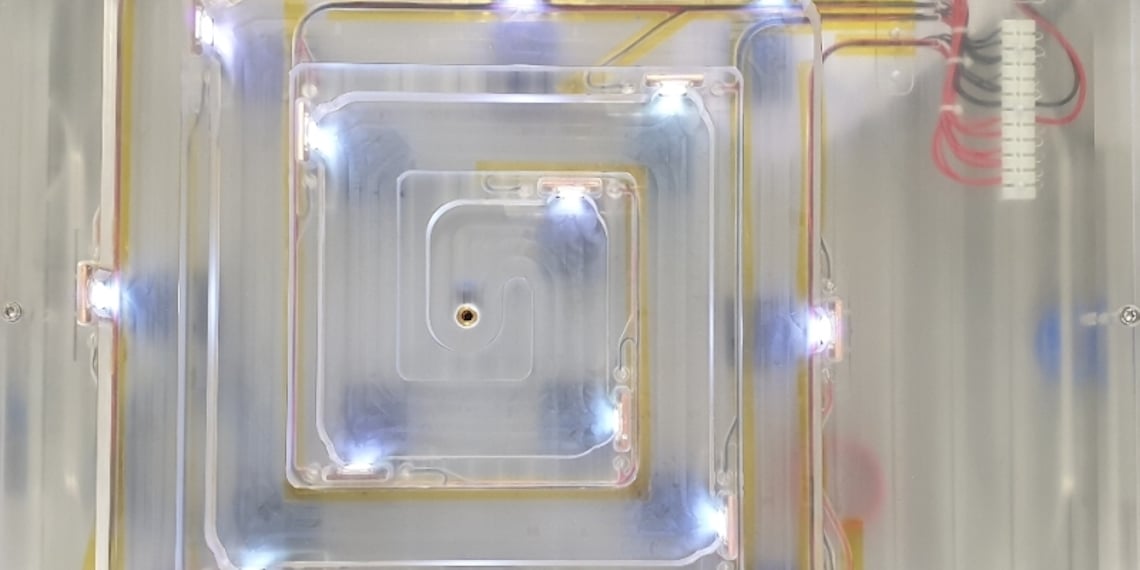Treating wastewater with Monash sunlight system

Monash University chemical engineering students have developed a sustainable, standalone water treatment system that removes persistent organic pollutants from industrial wastewater, an innovation inspired by natural treatment cycles.
Developed by PhD students Mostafa Dehghani and Mahdi Naseri, along with undergraduate student Clare Carew, the Stand Alone Sunflow System (SASS) has been recognised by the James Dyson Foundation for excellence in engineering innovation.
The technology uses a cellulose–zinc oxide catalyst activated by sunlight to break down organic pollutants in industrial wastewater circulated through a treatment tank, requiring less labour and maintenance compared to traditional treatment systems.
PhD student Mostafa Dehghani said the motivation behind the development was to curb the impact of industrial wastewater, which can contain metals and toxins that negatively affect aquatic ecosystems, and impact food resources and water supply.
Curbing impact of industrial wastewater
“According to recent figures from the United Nations, by 2030, half of the world, including many in low-resource areas, will face water scarcity,” Dehghani said.
“This was our main motivation to design a water treatment system inspired by nature, that takes advantage of sunlight, especially in areas with a high light intensity like Australia.
“The available systems currently in the market are either inefficient or produce a secondary pollutant that needs to be disposed of in the environment. Our prototype seeks to provide a sustainable treatment of persistent organic pollutants such as fluorinated compounds in low resource settings.”
The prototype has mounted UV lights powered by solar panels, which are activated when insufficient sunlight is available, while a microcontroller manages the flow of water through the system.
Sustainable method of treating wastewater
PhD Mahdi Naseri said the systems was tested using a variety of polluted water types, until the desired level of treatment was attained.
“The efficacy of the system was examined using a variety of organic pollutants such as per- and polyfluoroalkyl substances (PFAS), dioxane solvents, industrial dyes, and real wastewater samples until degradation to below health and environmental advised levels were achieved,” Naseri said.
Through further development and research, the SASS technology will soon have the capability to be scaled up to accommodate for the treatment of larger water streams.
Once finalised, the students’ intention is to work with industries such as breweries, textile, food and beverage, and printing companies to apply the SASS technology to their commercialisation processes.

